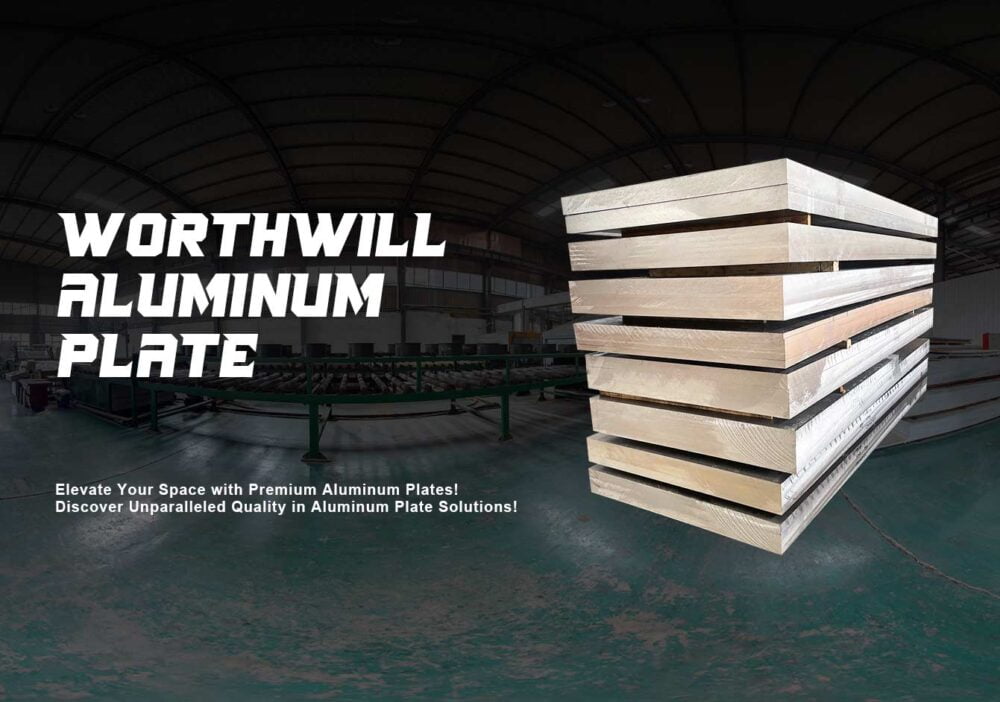Understanding Different Alloys Used in Aluminum Plate Manufacturing
Aluminum is a versatile metal with a wide range of applications. It is lightweight, strong, and corrosion-resistant, making it a popular choice for a variety of industries, including construction, manufacturing, and transportation.Aluminum plates are a common type of aluminum product. They are used in a variety of applications, including building facades, roofing, and signage. The properties of aluminum plates are determined by the aluminum plate alloys that they are made from.


Aluminum Alloys
Aluminum alloys are created by combining aluminum with other elements, such as copper, magnesium, silicon, and zinc. These elements can be added to aluminum to improve its strength, ductility, corrosion resistance, or other properties.
There are seven main series of aluminum alloys:
- 1xxx series: These alloys are non-heat treatable and have good corrosion resistance. They are often used for applications where strength is not a major requirement, such as packaging and foil.
- 2xxx series: These alloys contain copper and are heat treatable. They have high strength and are often used for structural applications, such as aircraft and bridges.
- 3xxx series: These alloys contain manganese and are non-heat treatable. They have good strength and ductility and are often used for applications where formability is important, such as sheet metal stamping.
- 4xxx series: These alloys contain silicon and are heat treatable. They have good strength and corrosion resistance and are often used for applications where high corrosion resistance is required, such as marine applications.
- 5xxx series: These alloys contain magnesium and silicon and are non-heat treatable. They have good strength and weldability and are often used for applications where welding is required, such as automotive applications.
- 6xxx series: These alloys contain magnesium and are heat treatable. They have good strength and formability and are often used for applications where formability is important, such as architectural applications.
- 7xxx series: These alloys contain copper and zinc and are heat treatable. They have the highest strength of all aluminum alloys and are often used for aerospace applications.


Aluminum plates are manufactured by hot rolling or cold rolling. Hot rolling is the process of passing aluminum through a series of rollers at high temperatures. This process produces aluminum plates with a relatively uniform thickness. Cold rolling is the process of passing aluminum through a series of rollers at room temperature. This process produces aluminum plates with a more precise thickness and surface finish.
The type of aluminum plate alloys used, the thickness of the plate, and the surface finish are all factors that can affect the properties of aluminum plates.


Choosing the Right Aluminum Alloy
The right aluminum plate alloys for a particular application will depend on the specific requirements of that application. For example, if strength is a major requirement, a 2xxx or 7xxx alloy would be a good choice. If formability is important, a 3xxx or 5xxx alloy would be a good choice.
Conclusion
Aluminum alloys offer a wide range of properties that make them suitable for a variety of applications. By understanding the different aluminum alloys available, you can choose the right alloy for your specific needs.

